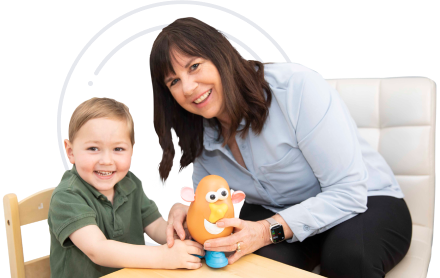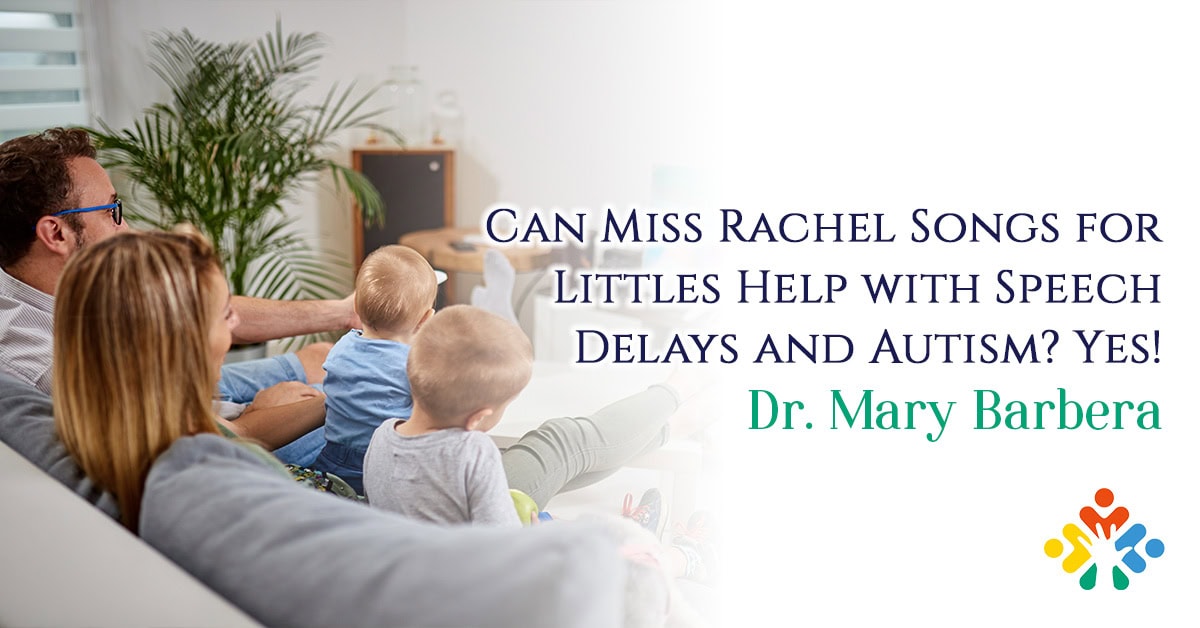Who is Ms. Rachel?
If you’ve been on TikTok or YouTube recently, you might have come across Ms. Rachel, the creator of the wildly popular channel “Songs for Littles.” Ms. Rachel started her channel to help her own son, who had a speech delay. With a background in music education and a passion for helping children, she uses engaging songs and proven speech development techniques to aid not just her child but millions of others around the world.
Understanding Speech Delays and Screen Time
The current recommendation is that children under 2 should have little to no screen time unless video chatting, and children over 2 should be limited to 1 hour of traditional screen time a day. However, not all screen time is created equal. I’ve discussed why screen time can be necessary, especially for busy moms who need a safe tool to get their own needs taken care of.
Using videos like the content Ms. Rachel produces, such as her “Learn to Talk” series, are examples of video modeling. This is a therapeutic technique where desired behaviors are modeled via video, allowing children to imitate and learn. Even though this is still screen time, video modeling is a great resource for learning and expanding your child’s speech.




